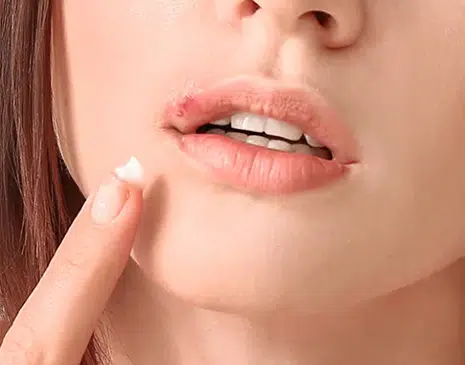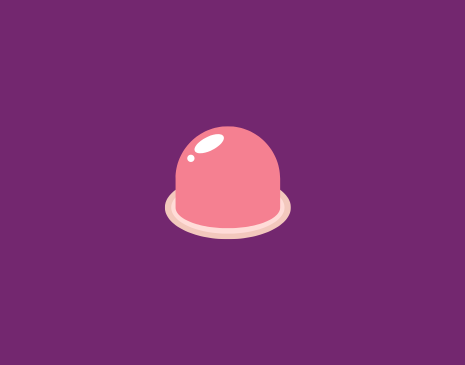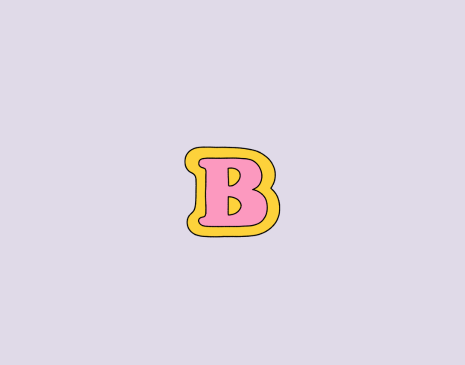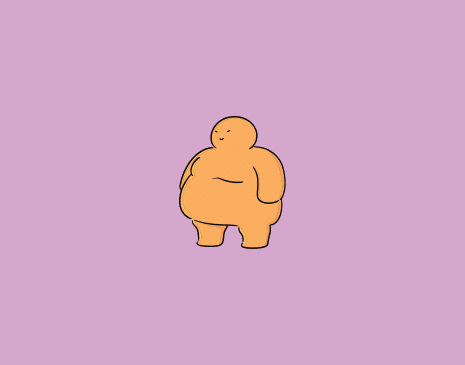A cold sore is a small blister that occurs in, on or around the mouth. They typically start as a tingling sensation near the affected spot, before forming a blister that crusts over and disappears.
People who have been infected with herpes are susceptible to getting cold sores, though not all people with herpes experience them.
What causes cold sores?
Cold sores are caused by the herpes simplex virus – usually type 1 (HSV-1), which approximately 80% of adults have. Type 2 of the herpes simplex virus can sometimes cause cold sores too, but this variant more often presents itself in the form of genital herpes.
Outbreaks of cold sores can happen spontaneously. However, they are often connected to factors that induce the virus to become more active. These cold sore triggers can include:
- Colds and flus
- Drinking alcohol
- Poor sleep or high stress
- Exposure to cold weather, wind, or harsh sunlight
- Skin breakages near the mouth (e.g. pimples or cuts)
- Anything that affects your hormone levels (e.g. pregnancy, periods, some antibiotics).
What does a cold sore look like?
Cold sores typically look like a patch of tiny blisters that are filled with fluid and clumped together. Once the blisters break, a scab will form over the affected spot for a couple of days.
Note: If your suspected cold sore is on the inside of your mouth, it might actually be a canker sore. These tend to be singular round or oval sores (rather than multiple tiny blisters). They are typically yellow or white and sometimes have a red border.
Where can cold sores appear?
Cold sores most often appear as a blister on the lip. However, you can also get a cold sore inside the mouth or around the mouth (including your cheeks and nose). You can even get a cold sore on the tongue. If your cold sore is close to your eye or in another unusual location, it’s recommended to see your doctor.
Cold Sore Symptoms
Everyone experiences different symptoms, but most commonly people feel an itchiness or tingling sensation around the lips before the cold sore itself appears. Once it appears, the cold sore itself can be painful and uncomfortable, especially if it appears in a place where it will be irritated by eating and drinking.
According to Health Direct, cold sores may also be accompanied by other symptoms such as:
- Nausea
- Dehydration
- Headaches
- Fever
- Sore throat and swollen glands.
Symptoms tend to become less severe with recurrences, though this can vary from person to person.
Now you know the causes and symptoms of cold sores, you can consciously avoid close contact (e.g. kissing) with people who currently have cold sores or while you have an outbreak. Learn more about treating and managing cold sores in our other article: How to Get Rid of Cold Sores.













